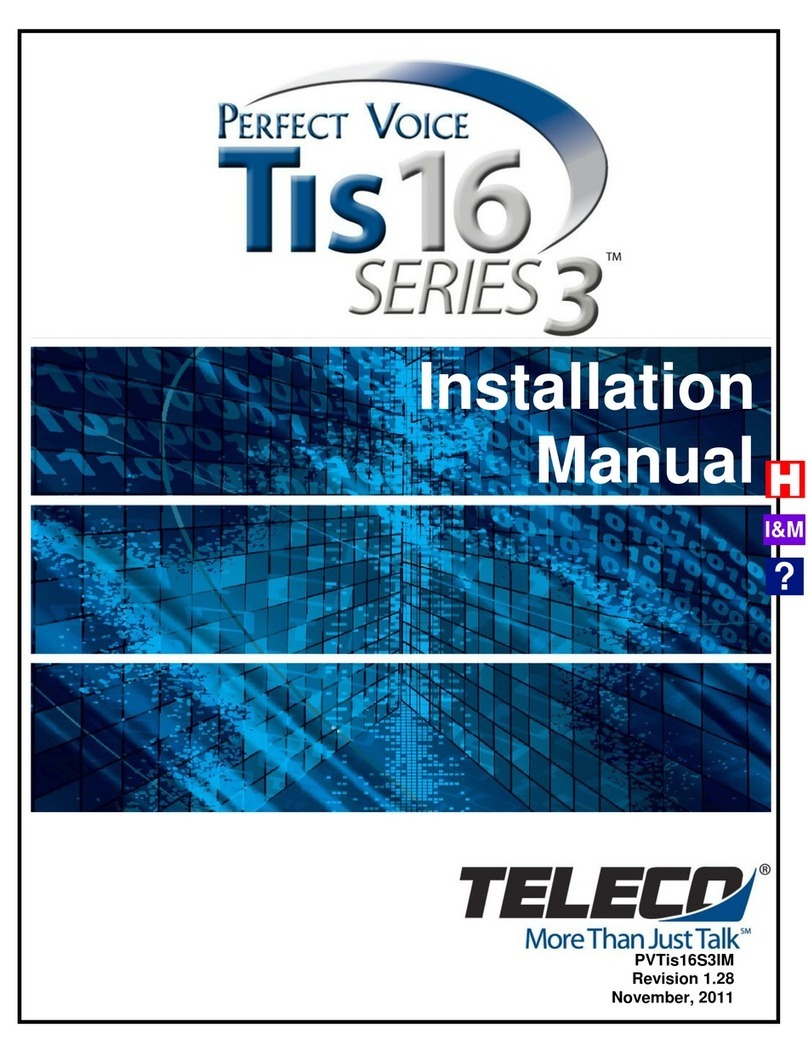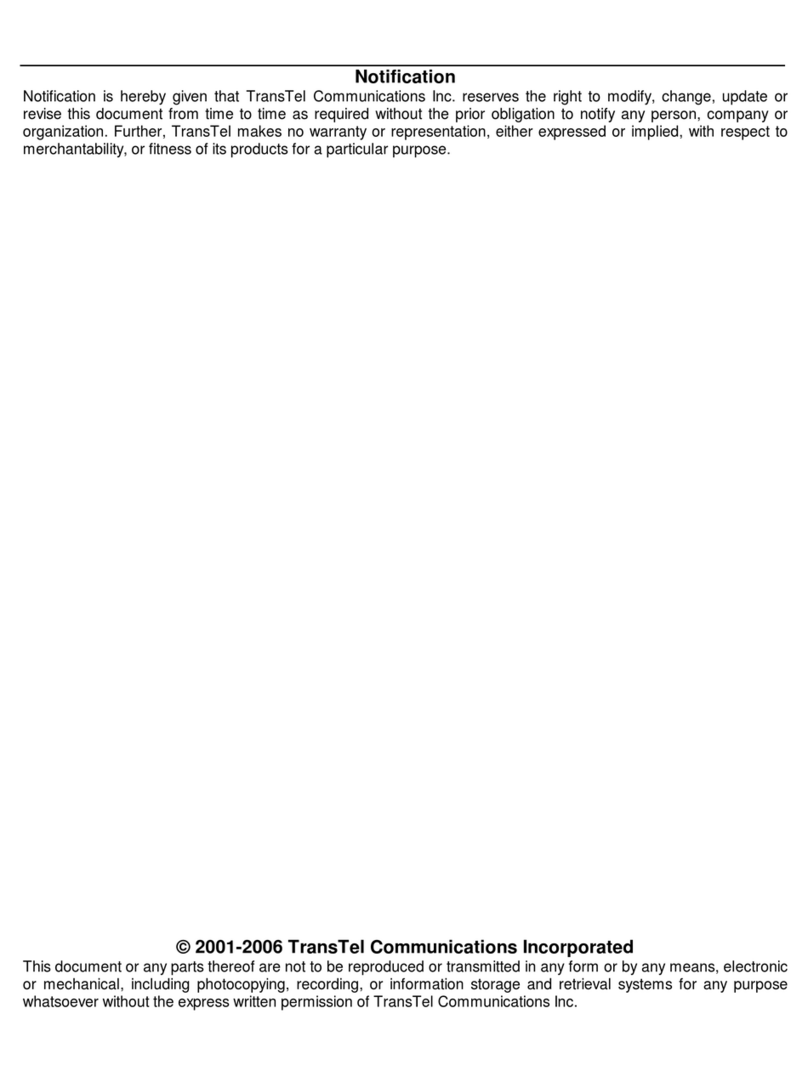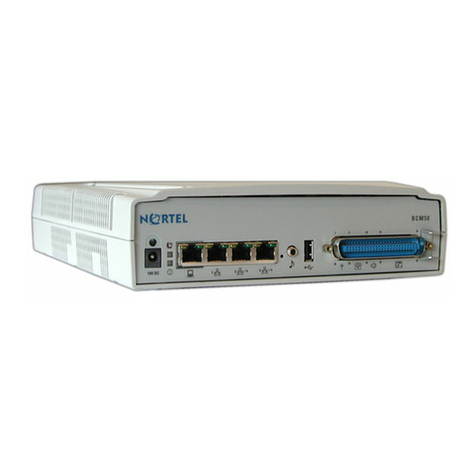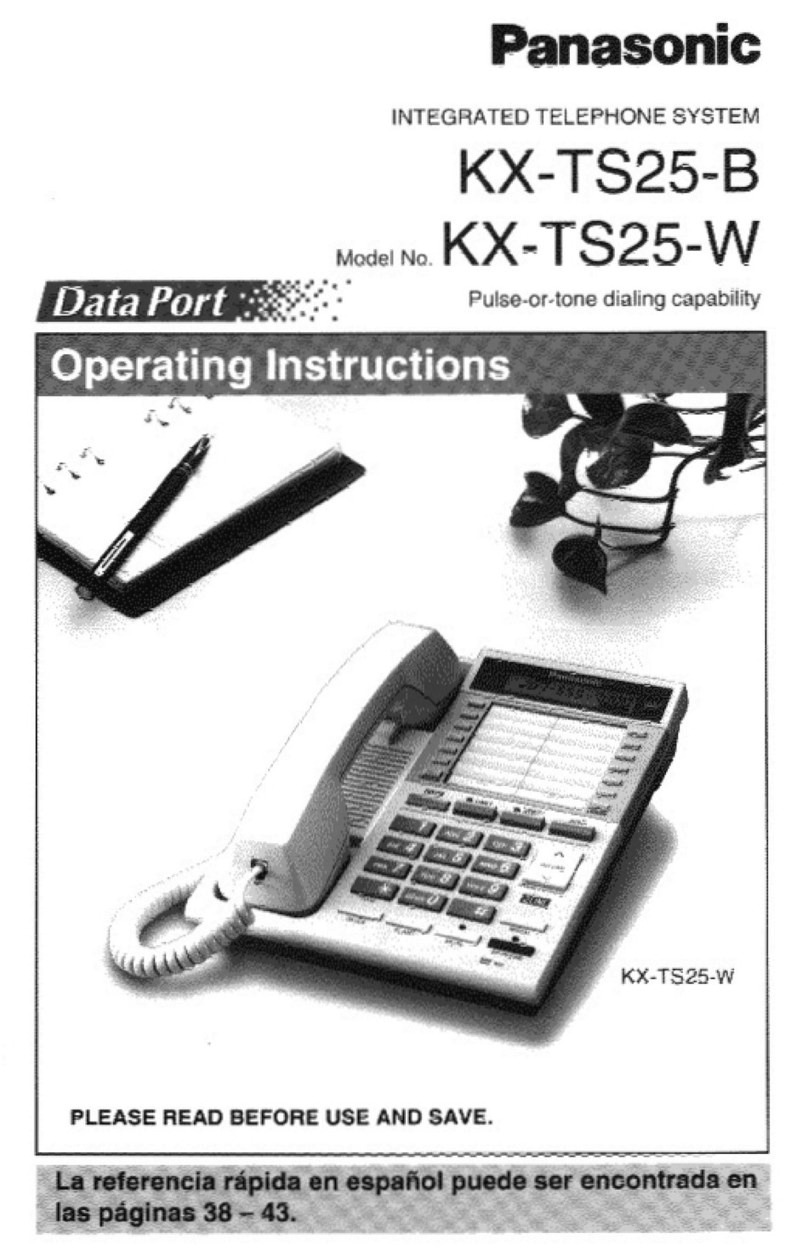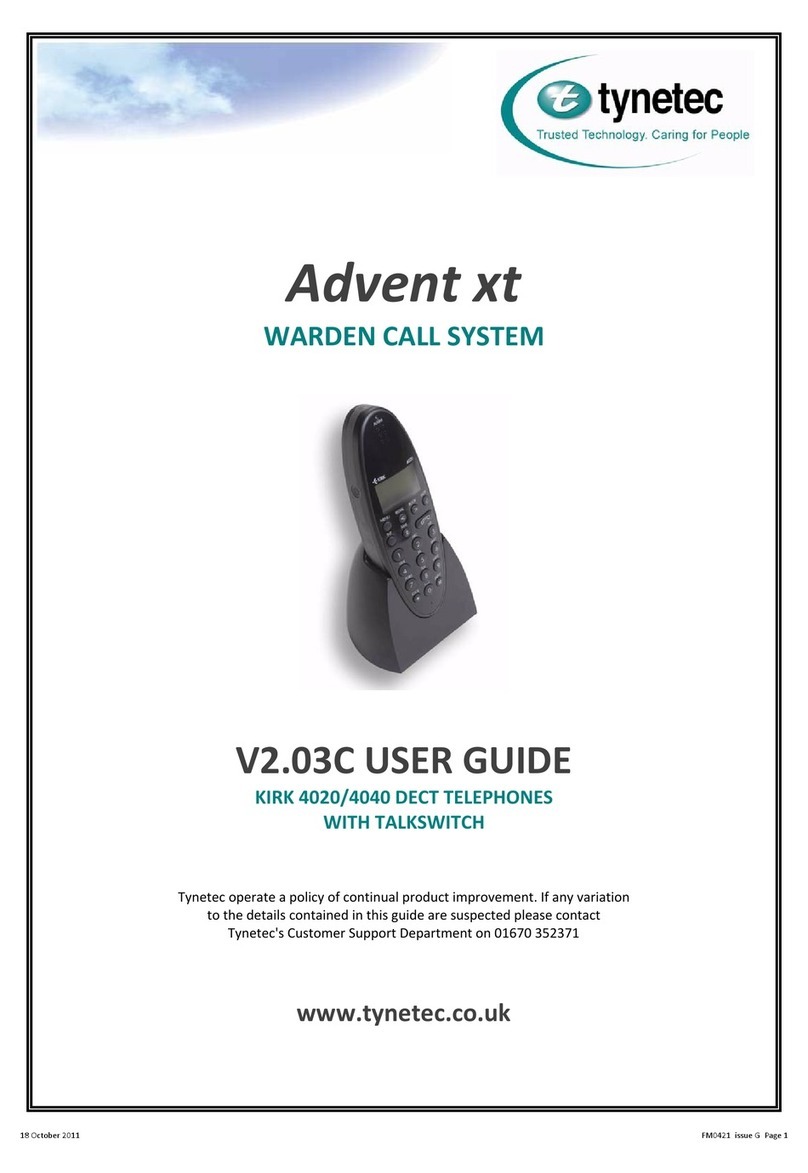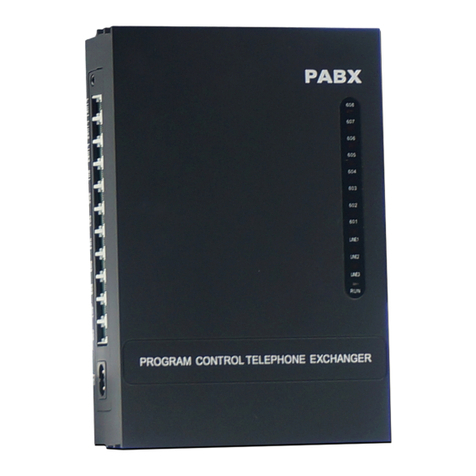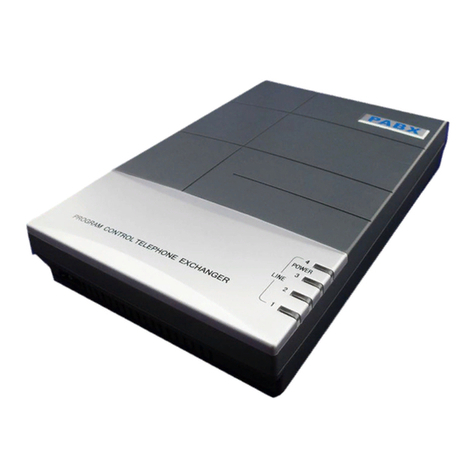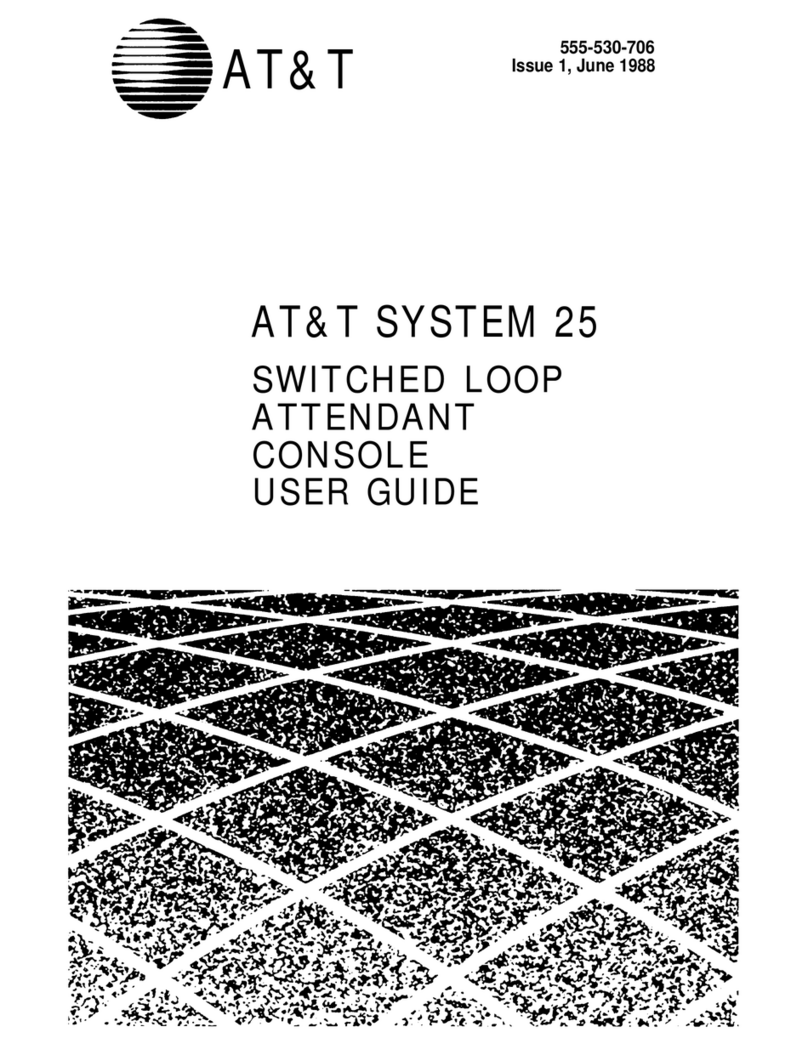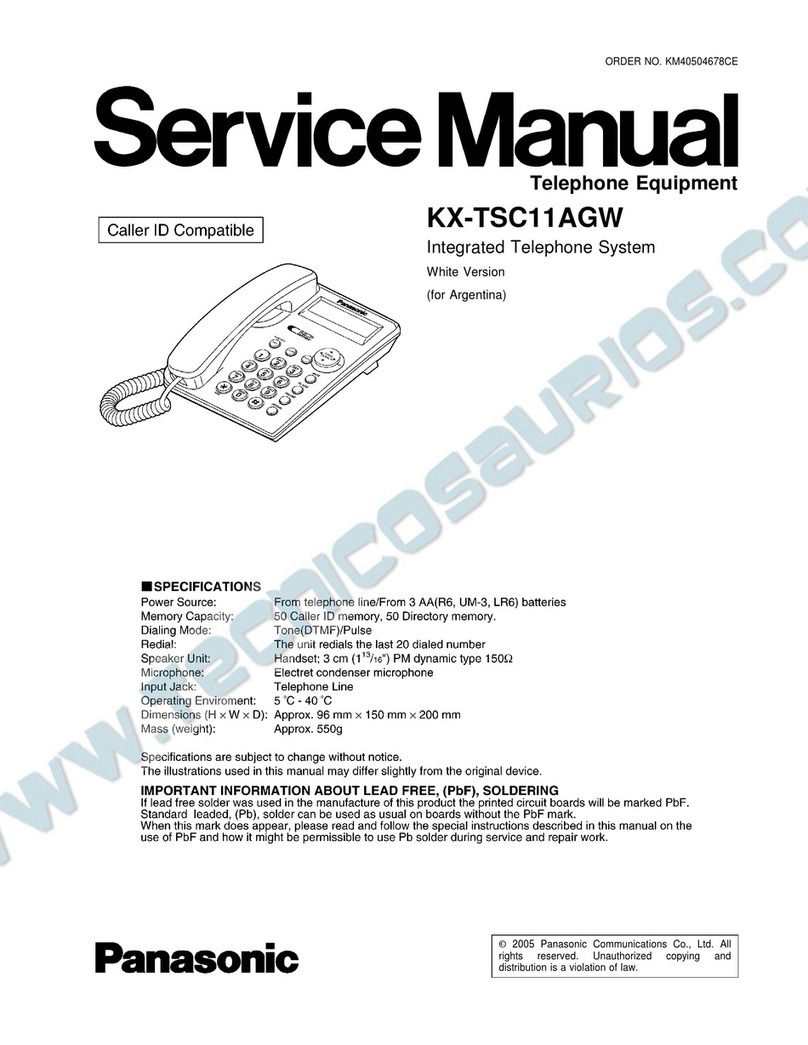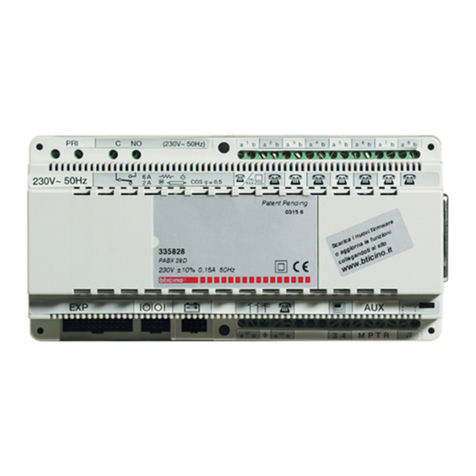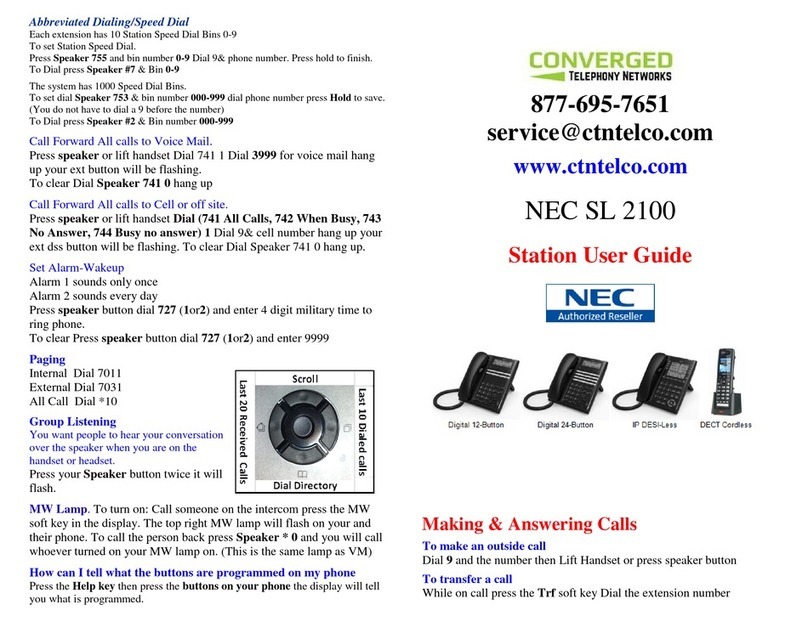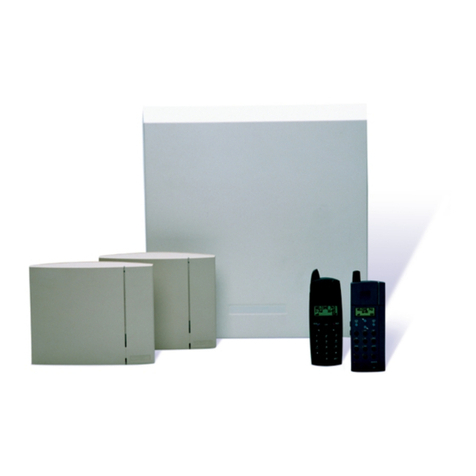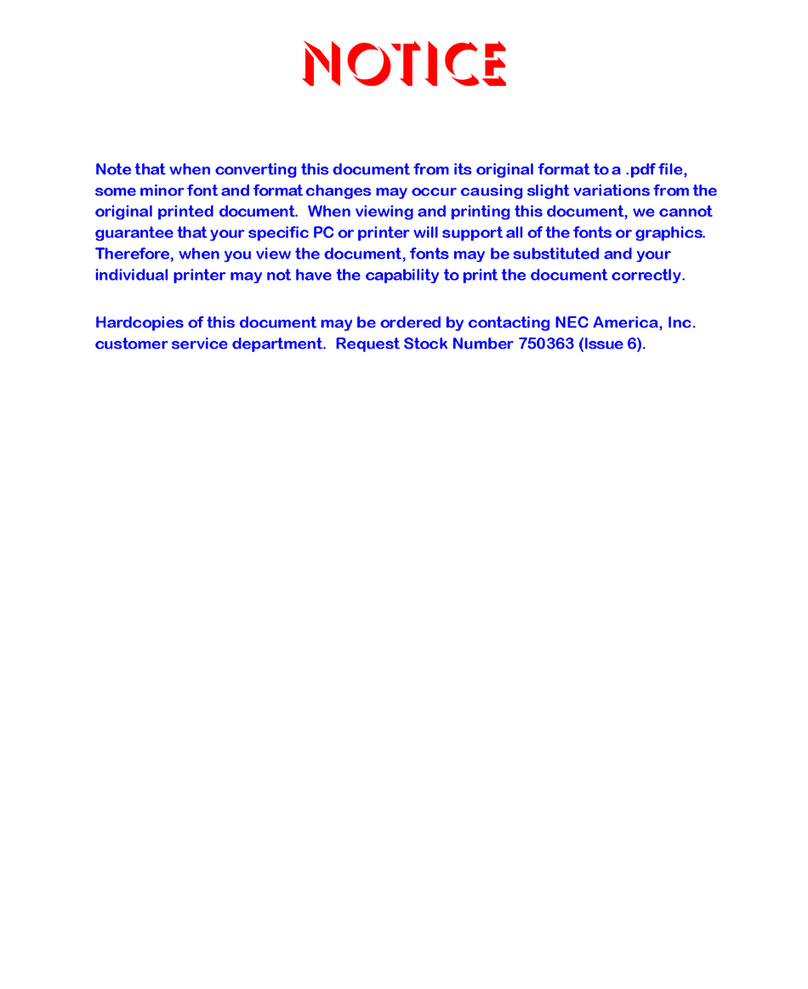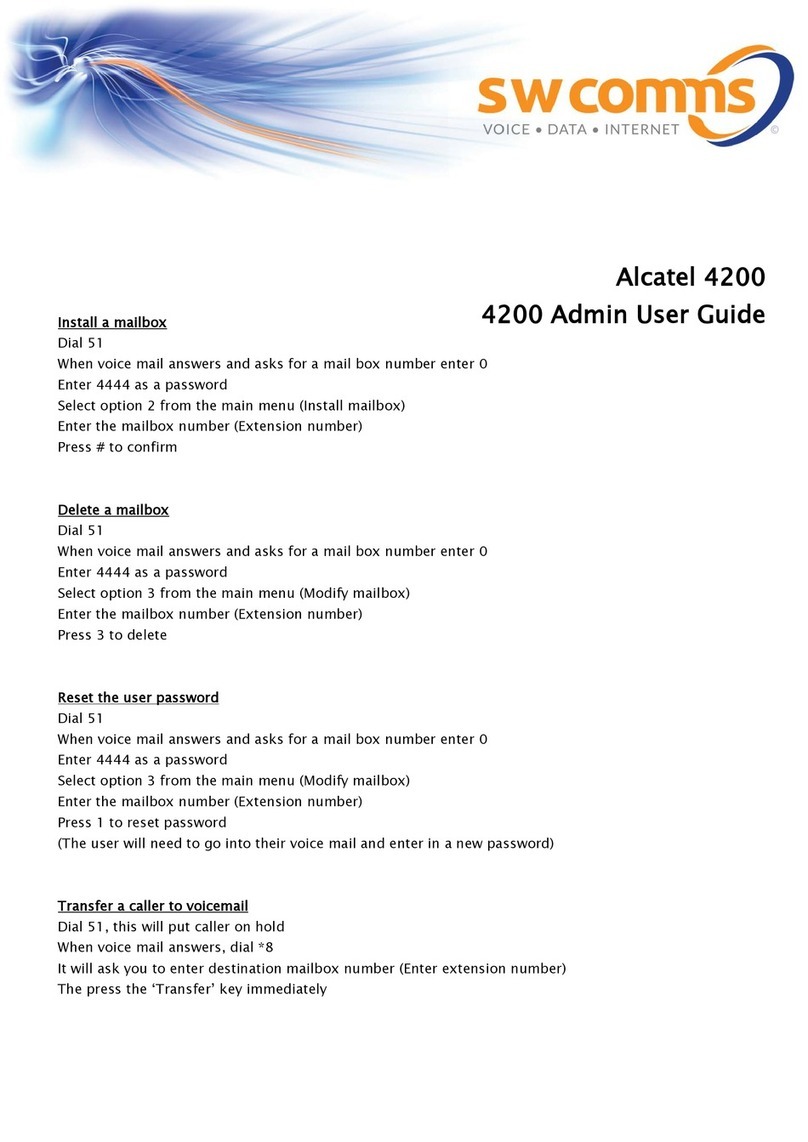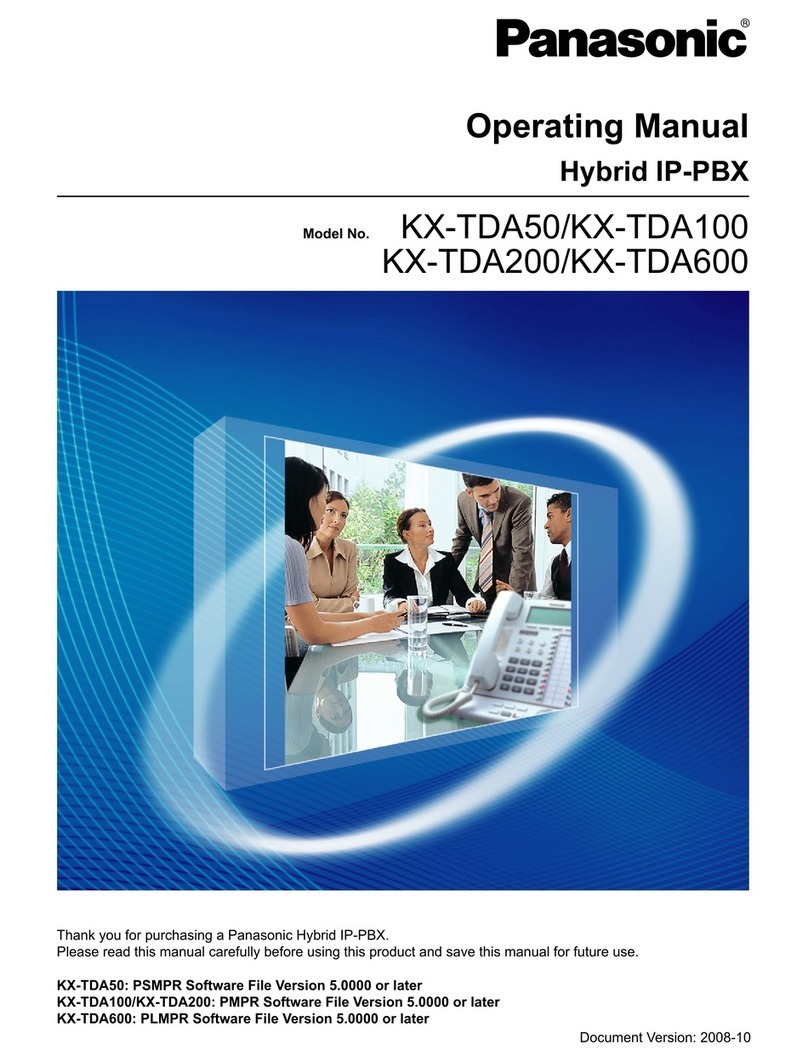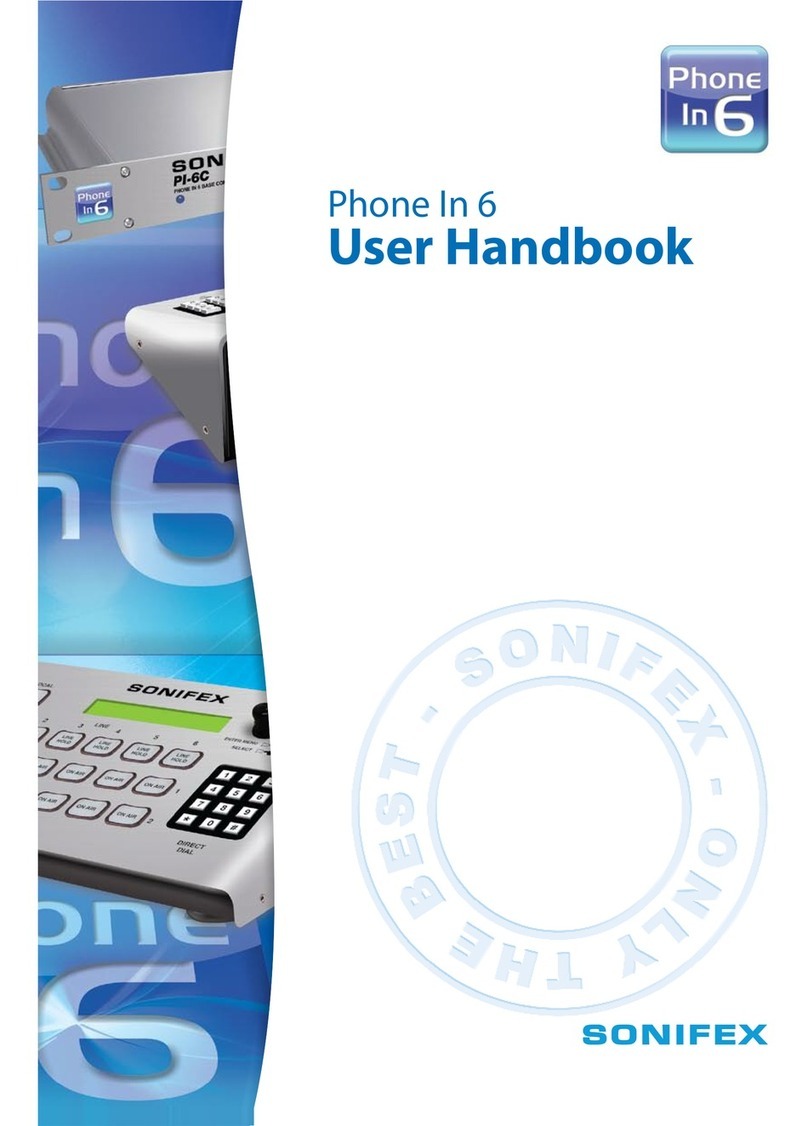--------------------------------------------------------------------------------------
5.12 Call Pick up .................................................................................................................................. 36
5.12.1 Pick up a certain ringing Extension............................................................................... 36
5.12.2 Pickup a certain C.O. Line call....................................................................................... 36
5.12.3 General Call Pickup........................................................................................................ 36
5.13 Call transfer(External Call) .......................................................................................................... 37
5.14 Three Way Conference ................................................................................................................. 38
5.15 C.O. line Reservation (Caller on holding) .................................................................................... 38
5.16 Restore C.O. Line Reservation ..................................................................................................... 39
5.17 C.O. line transfer to C.O. line....................................................................................................... 39
5.18 Call Switch (call pick up during conversation) ............................................................................ 40
5.19 Call waiting(R-Key function)(optional) ....................................................................................... 40
5.20 Intercom calling............................................................................................................................ 40
5.20.1 Intercom calling at direct-dialing-out mode.................................................................. 40
5.20.2 Intercom calling at indirect-dialing-out mode .............................................................. 41
5.21Connect with Operator Directly..................................................................................................... 41
5.22 Intercom calling transfer............................................................................................................... 41
5.23 Alarm Clock.................................................................................................................................. 41
5.24 Inquiry Functions (Automatic Reporting) .................................................................................... 41
5.24.1 Automatic reporting of Ext number .............................................................................. 41
5.24.2 Reporting of Ext number for Caller ID phone (Optional)........................................... 42
5.24.3 Reporting of System time (Optional)............................................................................. 42
5.24.4 Reporting of PBX System Version (Optional) .............................................................. 42
5.25 Priority Access and Monitoring.................................................................................................... 42
5.26 Manager/Secretary Function (Call Forwarding Directly)............................................................. 42
5.27 Call Forwarding When Ext is Busy or Nobody Available ............................................................ 43
5.28 Setting Don’t Disturb / Clear........................................................................................................ 43
5.28.1 Setting Don’t Disturb ...................................................................................................... 43
5.28.2 Clear Don’t Disturb......................................................................................................... 43
5.29 Call All Extension (Emergency Calling) ...................................................................................... 43
5.30 Clear Extension Function Setting ................................................................................................. 44
5.31 Broadcasting call .......................................................................................................................... 44
Chap 6 Maintenance & Troubleshooting...................................................................................................... 45
Chap 7 Glossary ........................................................................................................................................... 46
Chap 8: Default settings ............................................................................................................................... 47
Chap 9 System Programming & Operation Instruction................................................................................ 48
9.1 Index of Basic Operation................................................................................................................ 48
9.2 Index of System Programming....................................................................................................... 52
